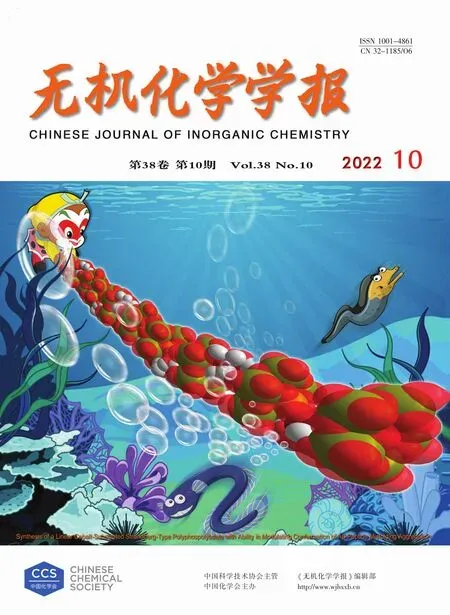一例夹心型含锰铋钨酸盐的合成、结构及磁学性质
武立州李义卫常奕丹杨 娜葛欣宇惠俊峰刘 斌薛岗林
(1安康学院化学化工学院,新材料研究中心,安康锌基材料科学与技术研究中心,安康725000)
(2西北大学化工学院,西安710069)
(3西北大学化学与材料科学学院,合成与天然功能分子化学教育部重点实验室,西安710069)
0 Introduction
Polyoxometalates(POMs)are a fascinating class of metal-oxygen cluster compounds,which exhibit compositional diversity and structural versatility as well as potential applications in a variety of fields,including catalysis,analytic chemistry,medicine,and materials science[1-4].In the development of POMs chemistry,lacunary polyoxoanions play an important role because they can serve as the nucleophilic inorganic multidentate ligands and coordinate to electrophiles of transition metal cations,organometallic or organic fragments to constitute a great quantity of novel transition metal substituted POMs(TMSPs)or organic-inorganic hybrid materials[5-8].Within the class of TMSPs,the sandwichtype polyoxoanions,accommodating lots of paramagnetic transition-metal cations between the two lacunary polyoxoanions,are an important subclass.Up to now,numerous sandwich-type polyoxoanions have been synthesized and mostly belong to the well-known Weakley-[M4(H2O)2(XW9O34)2]n-and[M4(H2O)2(X2W15O56)2]n-(X=SiⅣ,PⅤ,GeⅣ,AsⅤ)[9-11],Hervé-[M3(H2O)3(B-α-XW9O33)2]n-(X=AsⅢ,SbⅢ,SeⅣ,TeⅣ,BiⅢ)[12-14],Krebs-[(WO2)2M2(H2O)6(β-XW9O33)2]n-(X=SbⅢ,BiⅢ)and[M4(H2O)10(β-XW9O33)2]n-(X=AsⅢ,SbⅢ,TeⅣ)[12,15-17]and Knoth-type[M3(A-α-XW9O34)2]n-(X=P,Si)[18-19].
In contrast to the sandwich polyanions containing the SiⅣ,PⅤ,and GeⅣas heteroatoms,the analogues containing AsⅢ,SbⅢ,and BiⅢheteroatoms display peculiar crystal structures due to the stereochemical effect of the lone pair orbital electrons located on top of the trigonal pyramid[15].Besides,the ionic radius of Bi3+(0.117 nm)is bigger than As3+(0.072 nm)and Sb3+(0.090 nm),which is also an important factor to induce the structural distinctiveness of polyoxotungstate clusters.In addition,it is well known that bismuth tungstate is a class of potential solid functional materials having excellent catalytic activity,ferroelectric,piezoelectric,and non-linear dielectric susceptibility[20-22].
Therefore,the synthesis of polyoxotungstate clusters with heteroatom Bi3+has aroused the wide attention of POMs researchers.Up to now,many dimeric tungstobismutates based on trivacantβ-B-(BiW9O33)units have been reported,such as[(WO2(OH))2(WO2)2(β-B-BiW9O33)2]12-,and its transition/lanthanide metal-disubstituted complexes,[(M(H2O)3)2(WO2)2(β-B-BiW9O33)2](14-2n)-(M=Fe3+,Co2+,Ni2+,Cu2+,Zn2+,Mn2+)[9,15,23-26],[(M(H2O)3)2(WO(OH))2(β-B-BiW9O33)2](14-2n)-(M=Fe3+,Cu2+)[27-28],[Sn1.5(WO2(OH))0.5(WO2)2(β-BBiW9O33)2]10.5-[29],[(M(H2O)2)2(WO2)2(β-B-BiW9O33)2](14-2n)-(M=VO2+,Co2+,Ni2+,Mn2+)[30-31],[(Pd(H2O)3)3(WO3)2(WO2)2(β-B-BiW9O33)2]8-[32], [(WO(dmso))2(Fe(dmso)3)2(β-BBiW9O33)2]4-[33],[Fe4(C2O4)4(H2O)2(β-B-BiW9O33)2]14-[34],[(RuC6H6)2(WO2)2(β-B-BiW9O33)2]10-[35], [(W(OH)2)2(Mn(H2O)3)2(β-B-BiW9O33)2]6-[36],[(M(H2O)3)2(Sn(CH2)2COO)2(β-B-BiW9O33)2]10-(M=Co2+,Mn2+)[37],[Cu2(WO2)2(β-B-BiW9O33)2]12-[38], [(M(H2O)3)2(M0.5(W0.5O))2(β-BBiW9O33)2]10-(M=Co2+,Ni2+,Mn2+)[39],and[Ln3(H2O)18(WO3)2(WO2)2(β-B-BiW9O33)2]5-(Ln=Ce3+,Eu3+)[40-41].Moreover,tungstobismuthates anions containingα-B-(BiW9O33)units are also known as the Dawson-like polyanion[H3BiW18O60]6-[42],dimeric polyanions[Mx(L)y(α-B-BiW9O33)2](18-2n)-(M=Co2+,Mn2+,L=imidazole,1-methylimidazole,mim,x=1,y=3;M=Fe3+,Co2+,Ni2+,Cu2+,Cr3+,Mn2+,L=H2O,x=3,y=3;M=Cu2+,VO2+,x=3,y=0;M=Cu2+,L=H2O,x=1,y=3,x=4,y=2;M=VO2+,x=2,y=0;M=UO22+,L=H2O,x=2,y=4)[43-53],[{Cu(im)4}{Na(H2O)2}3{Cu3(im)2(H2O)}(α-B-XW9O33)2]14-[54],[Cu(im)4{Na(H2O)2Co(im)}3(α-B-BiW9O33)2]10-[55],[Zn2(H2O)10(ZnCl)6(α-B-BiW9O33)2]8-[56],and trimeric polyanions[(Np3W4O15)(H2O)3(α-B-BiW9O33)3]18-[57], [Bi2Ag3Na(W3O10)(α-B-BiW9O33)3]19-[58],[Bi6(OH)3(H2O)3V4O10(α-BBiW9O33)3]12-[59],tetrameric polyanions[(WO3)(Bi6(μ3-O)4(μ2-OH)3)(Ln3(H2O)6CO3)(α-B-BiW9O33)4]22-[60].Above these reports,rare examples of dimeric polyanions containing tetranuclear metal clusters except for[Fe4(C2O4)4(H2O)2(BiW9O33)2]14-[34]and[Cu4(H2O)2(BiW9O33)2]10-[28],and few examples of sandwich tungstobismutates serving as a catalyst have been reported[12,35].
Taking into this account,our current synthetic strategy is to obtain new sandwich tungstobismutates containing multinuclear metal clusters with special properties applicable to magnetism,catalysis,medicine,or materials science through conventional solution syntheses.Here we reported the synthesis,structure,and some properties of new manganeseギdecorated tungstobismuthateバNa9H[(Mn(H2O)3)2(Mn(H2O)2)(WO2)(BiW9O33)2]·30H2O(1).
1 Experimental
1.1 Materials and measurements
All chemicals purchased were of reagent grade and used without further purification.Na9[BiW9O33]·16H2O was synthesized according to the literature[59]and characterized by IR spectra.Elemental analysis(C,H,and N)was performed on a Vario ELⅢCHN elemental analyzer.Na,Bi,W,and Mn were analyzed on an IRIS Advantage ICP atomic emission spectrometer.IR spectra were recorded on an EQUINOX55 IR spectrometer with KBr pellets.UV spectra were performed on a Shimazu UV-2550 spectrophotometer.The powder X-ray diffraction(PXRD)data were recorded on a Rigaku RU200 diffractometer at 60 kV,300 mA,and CuKαradiation(λ=0.154 06 nm),with a scan speed of 5(°)·min-1and a step size of 0.02° in a 2θrange of 5°-50°.Thermogravimetric(TG)analysis was performed on a model Q600SDT analyzer in flowing N2with a heating rate of 10℃·min-1.Magnetism measurements were performed on a Quantum Design MPMS SQUID magnetometer.
1.2 Synthesis of tungstobismuthate 1
Na9[BiW9O33]·16H2O(2.886 g,1 mmol)was dissolved in 20.0 mL H2O to form solution A.MnCl2·4H2O(0.297 g,1.5 mmol)was dissolved in 5.0 mL H2O to form solution B.Then,solution B was added dropwise to solution A.The pH value of the solution was adjusted to 4.5 at room temperature by the addition of 1 mol·L-1HCl.The mixture was kept at 80℃for about 1 h and then cooled to room temperature and filtered.Yellow prismatic crystals of1were isolated in a week(Yield:36% based on W).Anal.Calcd.for H77Bi2Mn3Na9O106W19(%):H,1.28;Na,3.41;Mn,2.72;W,57.67;Bi,6.90.Found(%):H,1.29;Na,3.49;Mn,2.67;W,57.46;Bi,7.05.IR(KBr,cm-1):3 417(s),1 627(m),929(m),817(s),680(m).
1.3 X-ray crystallography
The selected crystal of1was mounted on a glass fiber capillary for indexing and intensity data collection at 296 K on a BRUKER SMART APEXⅡCCD diffractometer using MoKαradiation(λ=0.071 073 nm).The structure was solved by direct methods(SHELXL-2018)and refined by the full-matrix-block least-squares method onF2.All heavy atoms(W,Mn,Na,and Bi)were refined anisotropically and other atoms were refined isotropically,and hydrogen atoms were not included.A summary of the crystal data and structure refinements for1is given in Table 1.Selected bond lengths and angles are listed in Table S1(Supporting information).
CCDC:2141242.
2 Results and discussion
2.1 Synthesis
Compound1was synthesized by mixing Na9[BiW9O33]·16H2O and MnCl2·4H2O(1∶1.5,n/n)in a pH 4.5 aqueous solution under conventional conditions.In view of the very recent work of Krebs[15-16]and Kortz[32],we find the ratio of Mn2+to[BiW9O33]10-is a phase-determining factor for the formation of the title compound.When the ratio was lower than 1∶1,[(Mn(H2O)3)2(WO2)2(β-BiW9O33)2]10-was obtained.At a higher ratio(1.5∶1),compound1was obtained.Last but not least,why the dimeric polyanions containing tetranuclear manganese cluster[(Mn(H2O)2)4(β-BiW9O33)2]10-was not obtained when the ratio was higher than 2∶1?A reason is that the[(Mn(H2O)2)4(β-BiW9O33)2]10-polyanion is unstable and easily transforms into[(Mn(H2O)2)2(Mn(H2O)2)x(WO2)2-x(β-BiW9O33)2]10-at the lower pH.We presume that the mechanism of formation of compound1is as follows(Scheme 1).
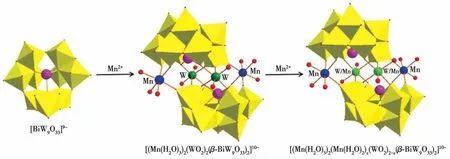
Scheme 1 Mechanism of formation of compound 1
2.2 Structure description
Single crystal X-ray analysis reveals that compound1is composed of sandwich-type[(Mn(H2O)3)2(Mn(H2O)2)(WO2)(BiW9O33)2]10-polyanions,sodium cations,H+ion,and lattice water molecules[15,40].The sandwich-type[(Mn(H2O)3)2(Mn(H2O)2)(WO2)(BiW9O33)2]10-polyanion assembly of two trivacantβ-B-[BiW9O33]9-Keggin fragments connected by two[(Mn(H2O)2)0.5(WO2)0.5]2+moieties and two[Mn(H2O)3]2+subunits are located in the inner and outer positions,respectively(Fig.1).The manganese atom Mn1 is disordered with tungsten atom W10 and shared with the occupancies of 50% Mn and 50% W,respectively.This trivacantβ-B-[BiW9O33]9-unit derives from the Keggin structure by removing one W3O13fragment.The trivacant unit consists of three edge-sharing W3O13groups with the central Bi3+which is surrounded pyramidally by three oxygen atoms.The lone pair is located on the top of the pyramid.Generally,β-B-[XW9O33]n-units can be derived from theα-B-type anions by 60° rotation of one W3O13group around the X—OW3Xbinding vector.In compound1,each[(Mn(H2O)2)0.5(WO2)0.5]2+/[Mn(H2O)3]2+unit links twoβ-B-[BiW9O33]9-units by four/three terminal-oxygen atoms from twoβ-B-[BiW9O33]9-units,and Mn1/Mn2 exhibits an octahedral coordination arrangement defined by two oxygen atoms of oneβ-B-[BiW9O33]9-moiety and two/one oxygen atoms of the other,the additional free coordination sites are completed by two/three water molecules.The Mn—O bond distances range from 0.209 0(14)to 0.228 0(20)nm with an average of 0.215 9 nm,while the O—Mn—O angles vary from 82.2(6)°to 178.0(7)°.
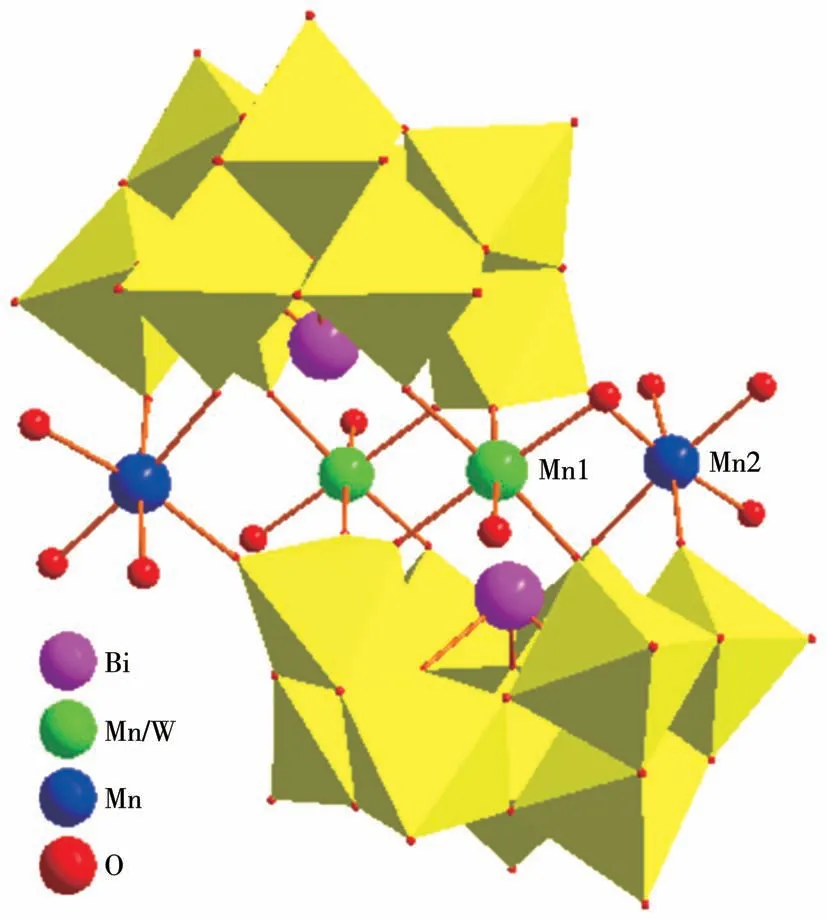
Fig.1 View of the novel polyanion of 1,showing the coordination environments around Mn
In the packing arrangement of compound1,the adjacent sandwich-type polyoxoanions are stacked into a 3D supramolecular framework via the extensive Hbonding interactions between water molecules and the polyoxoanions as well as the electrostatic forces between Na+cations and the polyoxoanions(Fig.S1).
2.3 IR spectrum
The IR spectrum of compound1exhibited prominent characteristic peaks for the sandwich-type structure at 929,817,and 680 cm-1,which can be ascribed to the W—Od,W—Ob—W,and W—Oc—W vibrations of the polyoxoanion cluster(Fig.2).The strong peak at 1 627 cm-1can be assigned to isolated solvent water molecules.The peak at 3 417 cm-1can be assigned to the O—H vibration.
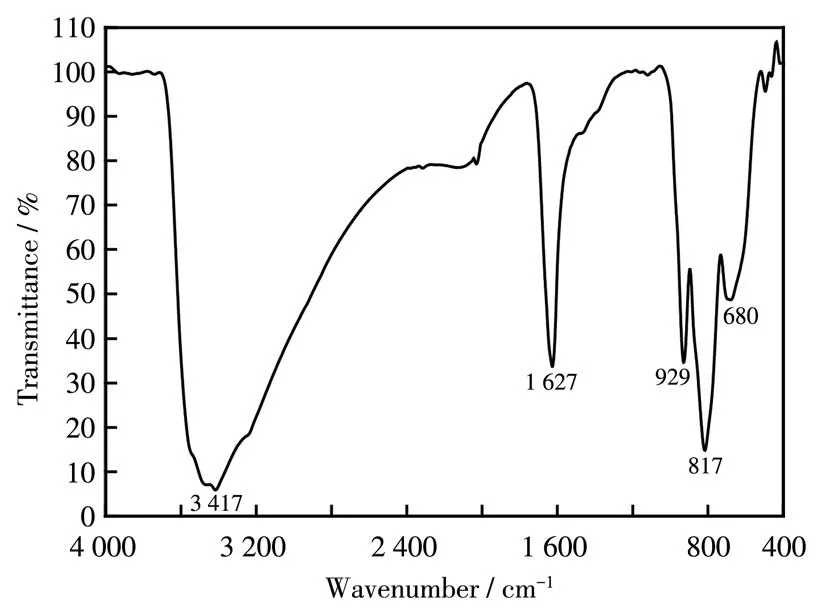
Fig.2 IR spectrum of compound 1
2.4 UV spectrum
In the UV region(Fig.3),compound1exhibited two characteristic bands for the ligand to metal charge transfer in the polyanions.The more intense band corresponding to thepπ(Od)→dπ*(W)transitions[61]appeared at 195.8 nm.The broader band around 250.0 nm is assigned to apπ(Ob,c)→dπ*(W)charge transfer transition in the tri-centric bonds of POMs,which is consistent with the values in the literature(193.6 and 250.7 nm)[48].

Fig.3 UV spectrum of compound 1 in aqueous solution
2.5 TG analysis
To examine the thermal stability of compound1,TG analysis was carried out.The TG curve of1showed one main weight loss(Fig.4).The TG curve of1showed the compound lost weight in a temperature range of 20-350℃,and the total weight loss was 11.59%,corresponding to the loss of lattice water molecules and coordinated water molecules.The value of weight loss from the TG curve for compound1(11.59%)was in agreement with the calculated value(11.95%).
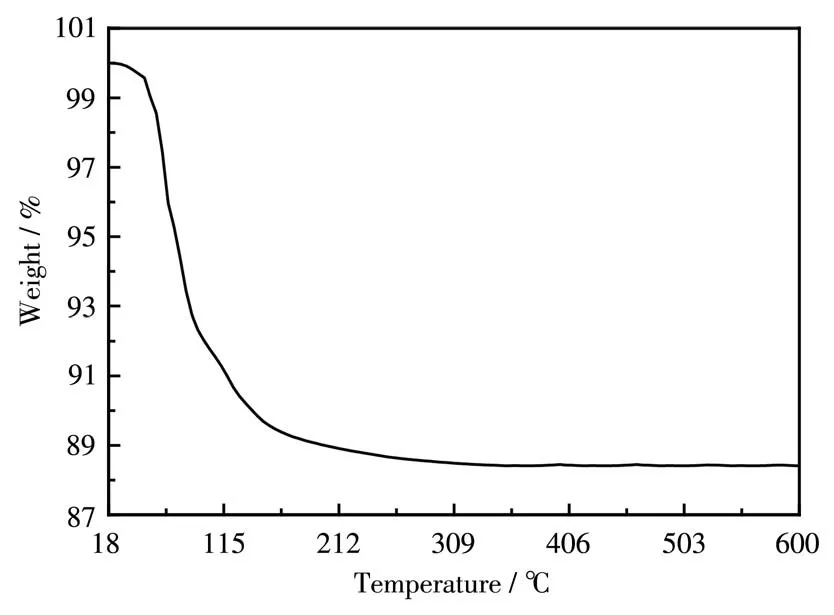
Fig.4 TG curve of compound 1
2.6 PXRD analysis
In order to check the phase purity of compound1,PXRD experiment was carried out.As shown in Fig.5,the diffraction peaks on the pattern corresponded well in position,confirming that the product is a pure phase.The differences in reflection intensity are probably due to preferred orientation in the powder samples.
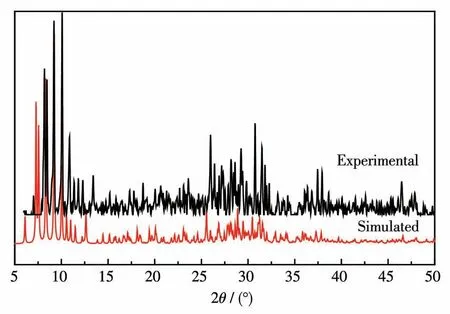
Fig.5 PXRD patterns from the single-crystal structure determination and as-synthesized product of compound 1
2.7 Magnetic properties
Fig.6 shows the experimental data of1plotted as theχMTvsTandχMvsT.TheχMTvalue of 12.68 cm3·K·mol-1at 300 K was close to that of three uncoupled manganeseギions(13.13 cm3·mol-1·K),which was larger than that expected for two manganese ions(8.75 cm3·mol-1·K)and smaller than that expected for four manganese ions(17.50 cm3·mol-1·K).This result also confirms the presence of sandwich-type[(Mn(H2O)3)2(Mn(H2O)2)(WO2)(BiW9O33)2]10-polyanion.Subsequently theχMTdecreased continuously with decreasing temperature.Below 50 K,χMTquickly decreased and then reached a minimum value of 4.35 cm3·mol-1·K at 1.8 K.This behavior indicates the presence of relatively strong antiferromagnetic interactions between the Mnギions.
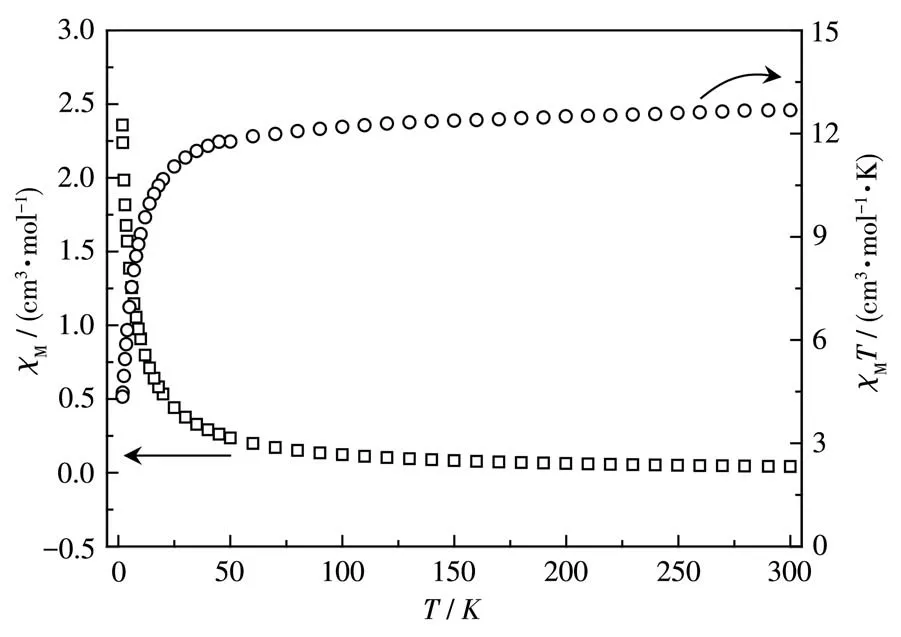
Fig.6 Temperature dependence of χMT and χM for 1
The magnetic susceptibility followed the Curie-Weiss law over the entire temperature range withC=12.80 cm3·K·mol-1andθ=-4.29 K(Fig.7).The negative Weiss constant further demonstrates strong antiferromagnetic interactions between the Mnギions through the oxygen bridges.
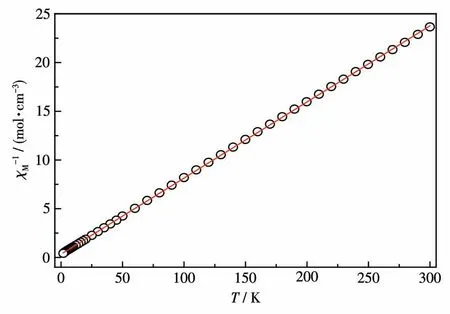
Fig.7 Plot of the temperature dependence of χM-1 for 1,recorded on a powder sample at an applied field of 0.1 T
3 Conclusions
In summary,a new sandwich-type tungstobismuthate based on trivacantβ-B-[BiW9O33]9-Keggin polyanions and Mnギions has been successfully synthesized by the aqueous solution method.Magnetic studies reveal that compound1exhibits relatively strong antiferromagnetic coupling interactions between Mnギions in the central belt of polyoxoanion.The successful synthesis of1confirms that it is feasible to introduce the metal cations into the[BiW9O33]9-cluster for the construction of high-performance tungstobismuthates magnetics,and more investigations are underway.
Acknowledgments:This work was supported by the Education Commission of Shaanxi Province(Grant No.17JK0017),the Natural Science Foundation of Shaanxi Province(Grant No.S2018-JC-QN-0631),the Funded Projects of Ankang University(Grants No.2018JCRC01,2021AYZD01),and the Training Programs of Innovation and Entrepreneurship of Undergraduates in Shaanxi Province(Grants No.S201911397009,S201911397010).
Supporting information is available at http://www.wjhxxb.cn

